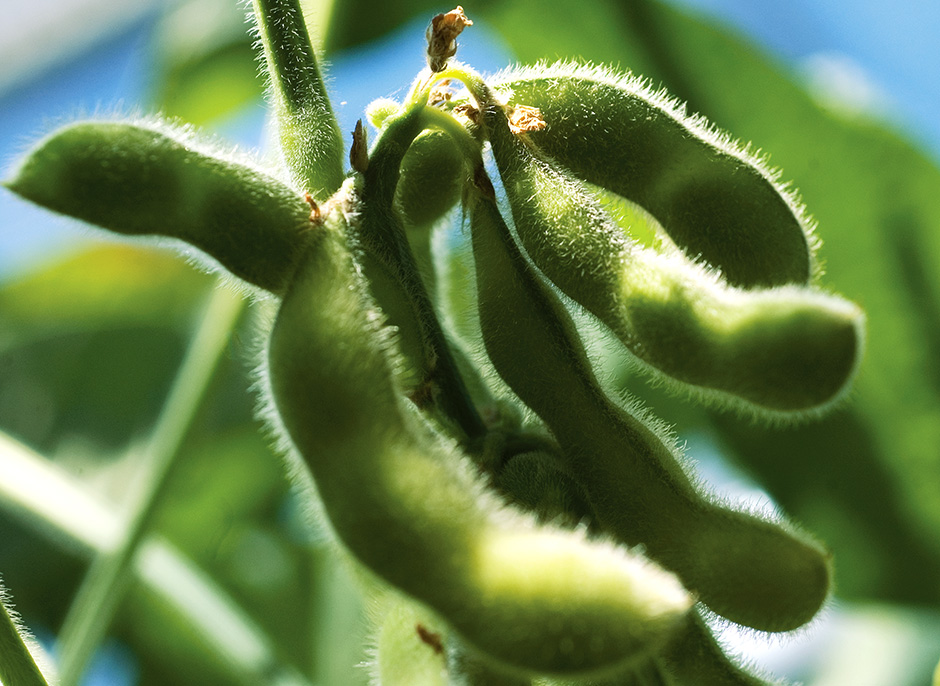Soy Sustainability Assurance Protocol (SSAP)
ASA is a founding partner of the Soy Sustainability Assurance Protocol (SSAP), which verifies and documents sustainable production on a national scale throughout the U.S. and demonstrates soy’s commitment to sustainability – and to continuous improvement.

The SSAP promotes and advances the industry’s sustainability goals for U.S. soy production and satisfies U.S. soy customer needs both domestically and globally. Currently, 95% of U.S. soybean producers partner with the U.S. Department of Agriculture to create and implement farm-specific conservation programs. These conservation practices are the foundation of the SSAP. In the 2017 marketing year, more than 11 million metric tons of SSAP-verified sustainable U.S. soy were exported around the world.
The SSAP promotes environmental and social responsibility across the soy value chain, ensuring every link operates in a sustainable manner consistent with sound environmental objectives and embraces best agricultural practices.